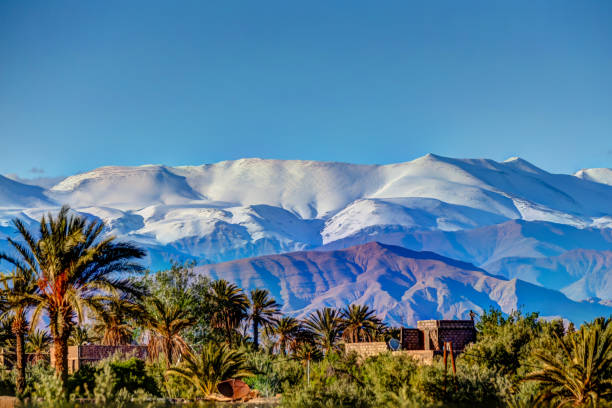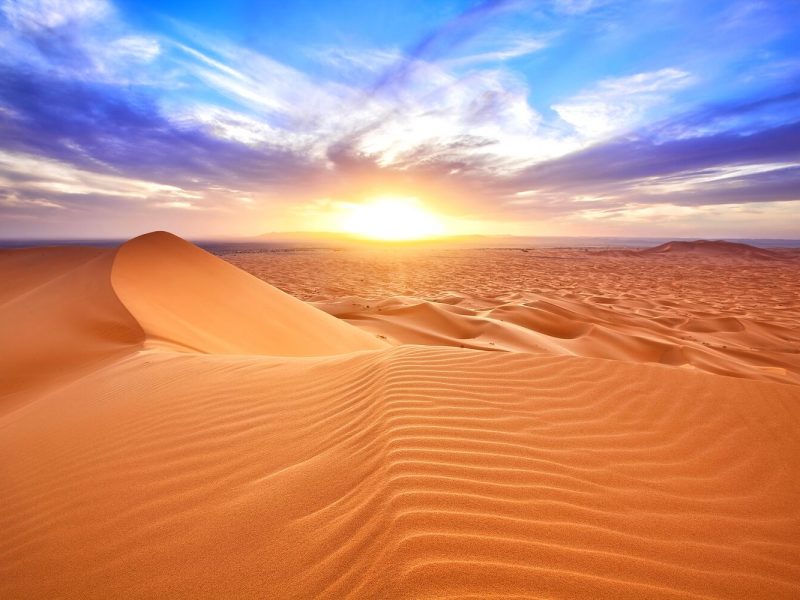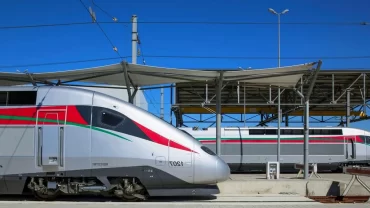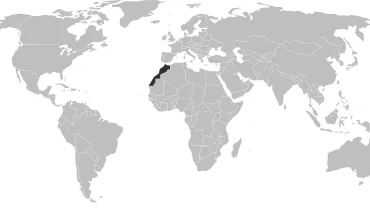When the calendar turns to January and adventure travel beckons, what better place than the iconic kingdom of Morocco? This North African gem boasts a unique blend of history, culture, and natural beauty, making it one of the most visited countries. Morocco is a destination for travelers looking for an unforgettable summer getaway from the quaint streets of Marrakech to Mt In the snow-capped Atlas mountains, Morocco in January is full of rich traditions, and vibrant colors.
Visiting Morocco in January offers a unique blend of cultural exploration and relaxing weather. Although winters are cool, especially in the Atlas Mountains and the Sahara Desert, it means major tourist destinations like Marrakech and Fes are less crowded, and coastal cities like Casablanca and Rabat get warmer easy, perfect for a beach getaway. Alternate layers to suit different temperatures, warmer dresses for chilly evenings, and lighter clothes for daytime adventures. Embrace Moroccan fare with Harira and tagine dishes and aromatic mint tea. Pay attention to local customs, especially in dressing appropriately and showing respect during prayer.

1. Winter weather and climate
With the start of winter in Morocco in January, travelers can expect pleasantly warm weather, making it the ideal time to explore Morocco. In the country’s many attractions, Beach towns such as Casablanca and Essaouira average daytime temperatures range from 15°C to 20°C (59°F to 68°F and warm). Beaches and activities offer relaxation in Inland cities like Marrakech and Fes daytime temperatures are 10°C to 15°C (50°F to 59°F), making it a pleasure to explore with summer heat there is no heat
2. Festivals and celebrations
January in Morocco marks cultural vitality from festivals and celebrations. One notable exception is the Amazigh New Year, also known as Yenair, celebrated by indigenous Berbers. Travelers will have the opportunity to experience traditional ceremonies, lively parades, and live music showcasing the depth of Moroccan heritage
3. Exploring Imperial Cities
Morocco is home to some of the world’s most fascinating imperial cities, each offering a unique insight into the country’s history and architecture. Often referred to as the “Yellow City,” Marrakech’s spectacular Jema el-Fna Square, souq a it is vibrant and boasts the magnificent Bahia Palace. Fes, a UNESCO World Heritage Site – with narrow streets, ancient madrassas and the incredibly famous Al Karawiyin University showcase these cities exploring in the cool January weather offers if awe-inspiring experiences the heat and crowds of peak tourists are absent.
4. Hike the Atlas Mountains
For adventure enthusiasts, January offers a wonderful opportunity to traverse the Atlas Mountains, whose peaks are crowned with snow at this time of year. The High Atlas and Jebel Toubkal regions windsurfers and trekkers pass through valleys scenic views, traditional Berber villages and spectacular views. Guided tours and beckoning tours to explore the flowing trails are available, catering to the needs of novice and experienced hikers.

5. The Sahara Desert
The journey to Morocco without escaping the desert is incomplete, and in January the unique opportunity to enjoy the bright light of January is in the desert in daytime temperatures of 18°C (64°F). surrounded by vast wild deserts with great wine on the surface of the great desert.
6. Culinary Delights
Moroccan cuisine is a tantalizing fusion of flavors influenced by various cultures. In January, savoring traditional dishes takes on a cozy charm, with steaming tagines, fragrant couscous, and hearty soups taking center stage. The country’s markets burst with seasonal produce, offering a chance to taste the freshest ingredients Morocco has to offer.
7. Navigating Practicalities
Traveling to Morocco in January necessitates some careful planning. While the weather is generally mild, it’s advisable to pack layers, including warmer clothing for evenings. Accommodations and tours should be booked in advance, especially if visiting popular destinations like Marrakech and the Sahara Desert. The Moroccan Dirham is the official currency, and credit cards are widely accepted, although it’s prudent to carry some cash for smaller establishments.
8. Cultural Sensitivities
As with any travel experience, respecting local customs and traditions is paramount. In more conservative areas, dressing modestly is recommended, with women covering their shoulders and avoiding overly revealing attire. Engaging with locals in a respectful and friendly manner can lead to enriching interactions and insights into Moroccan life.



Comment (0)